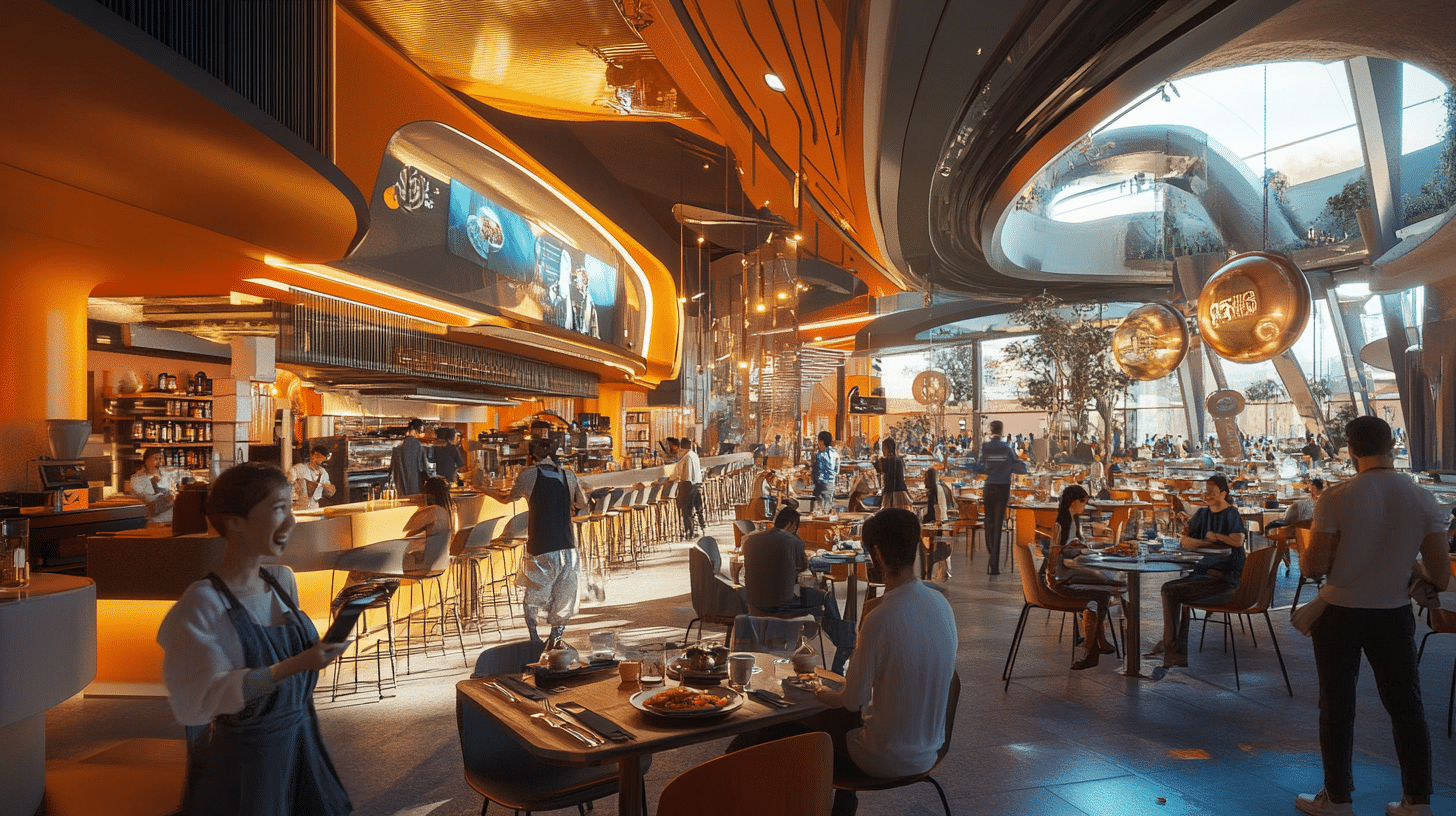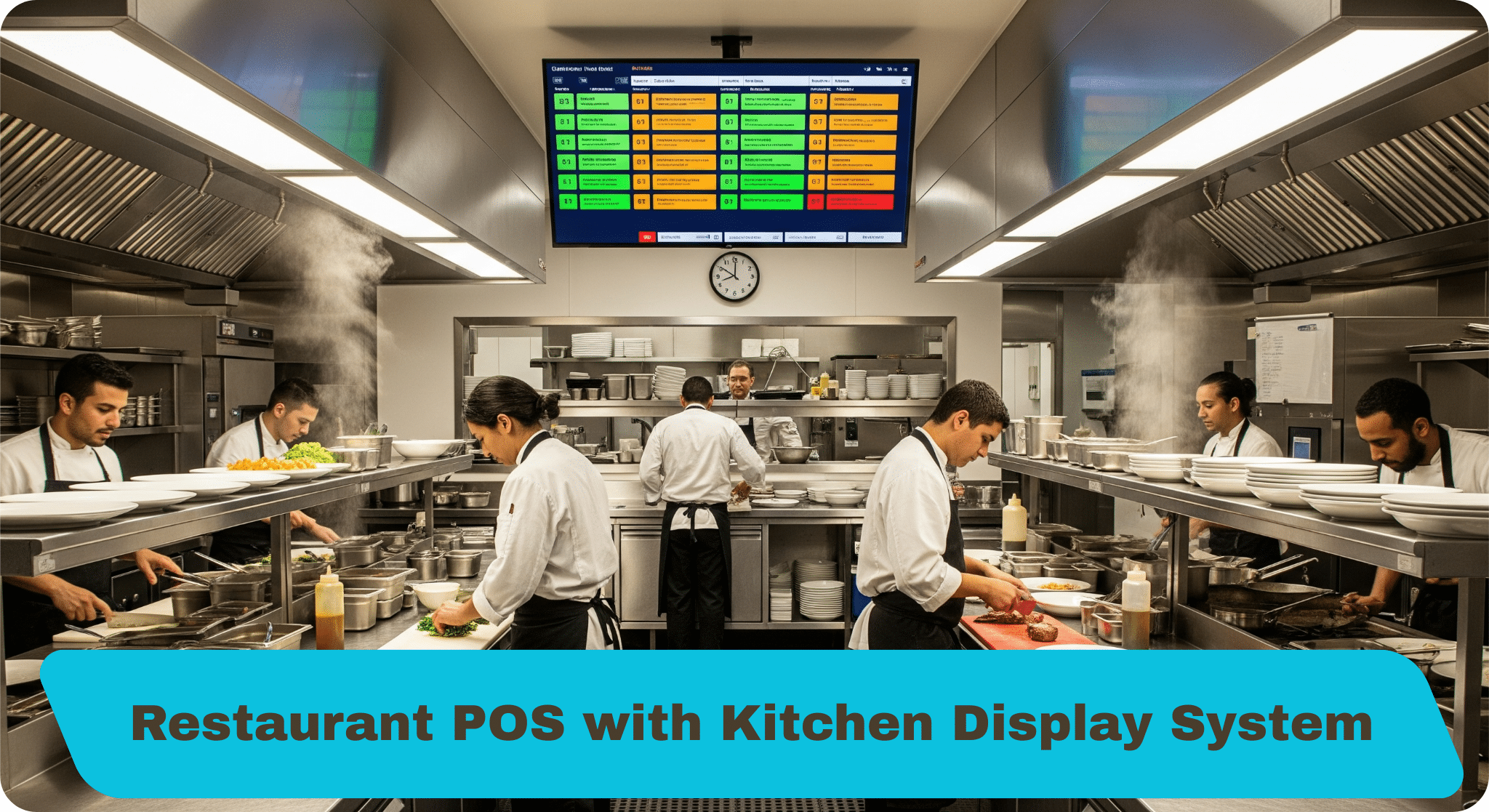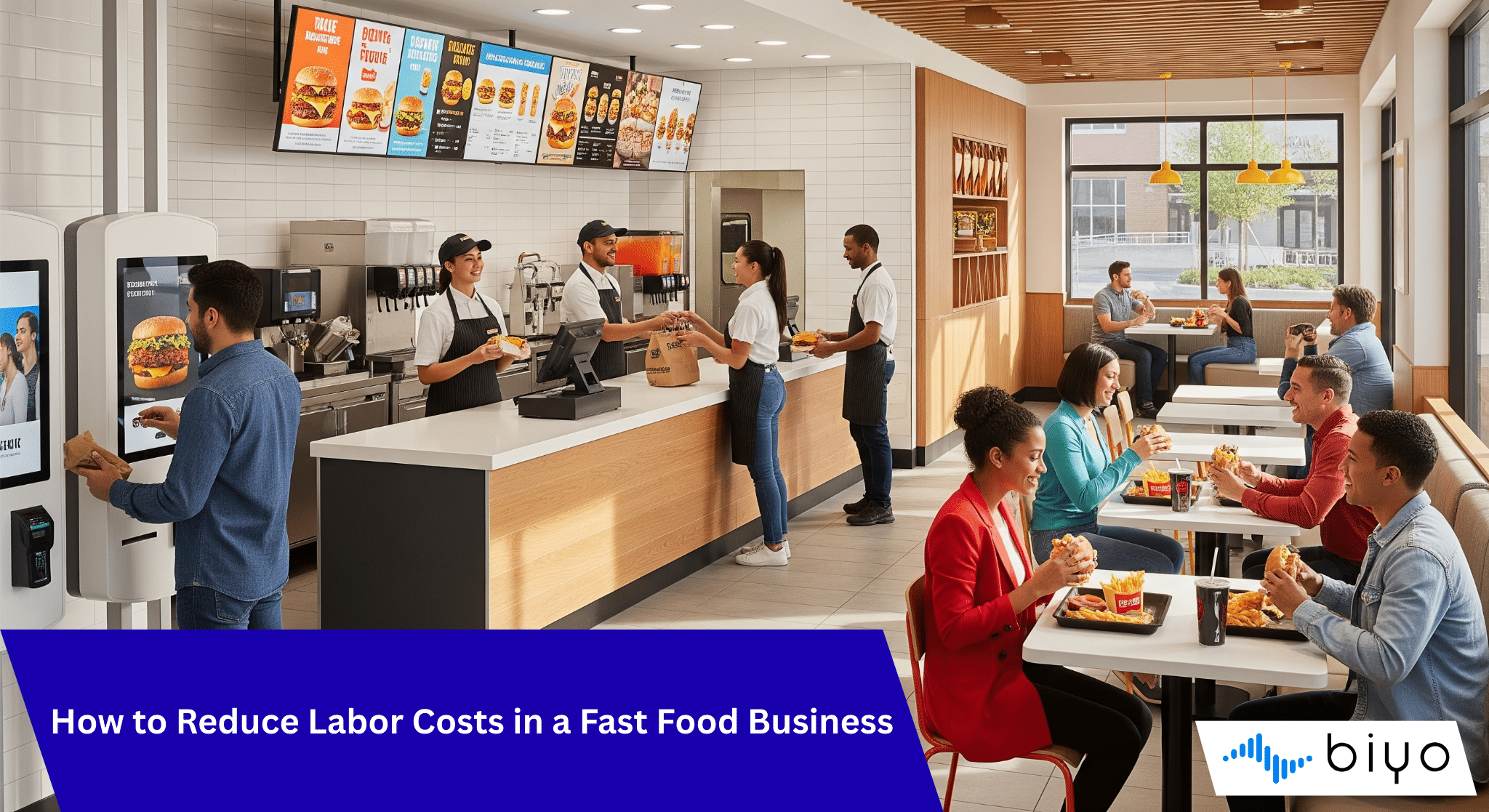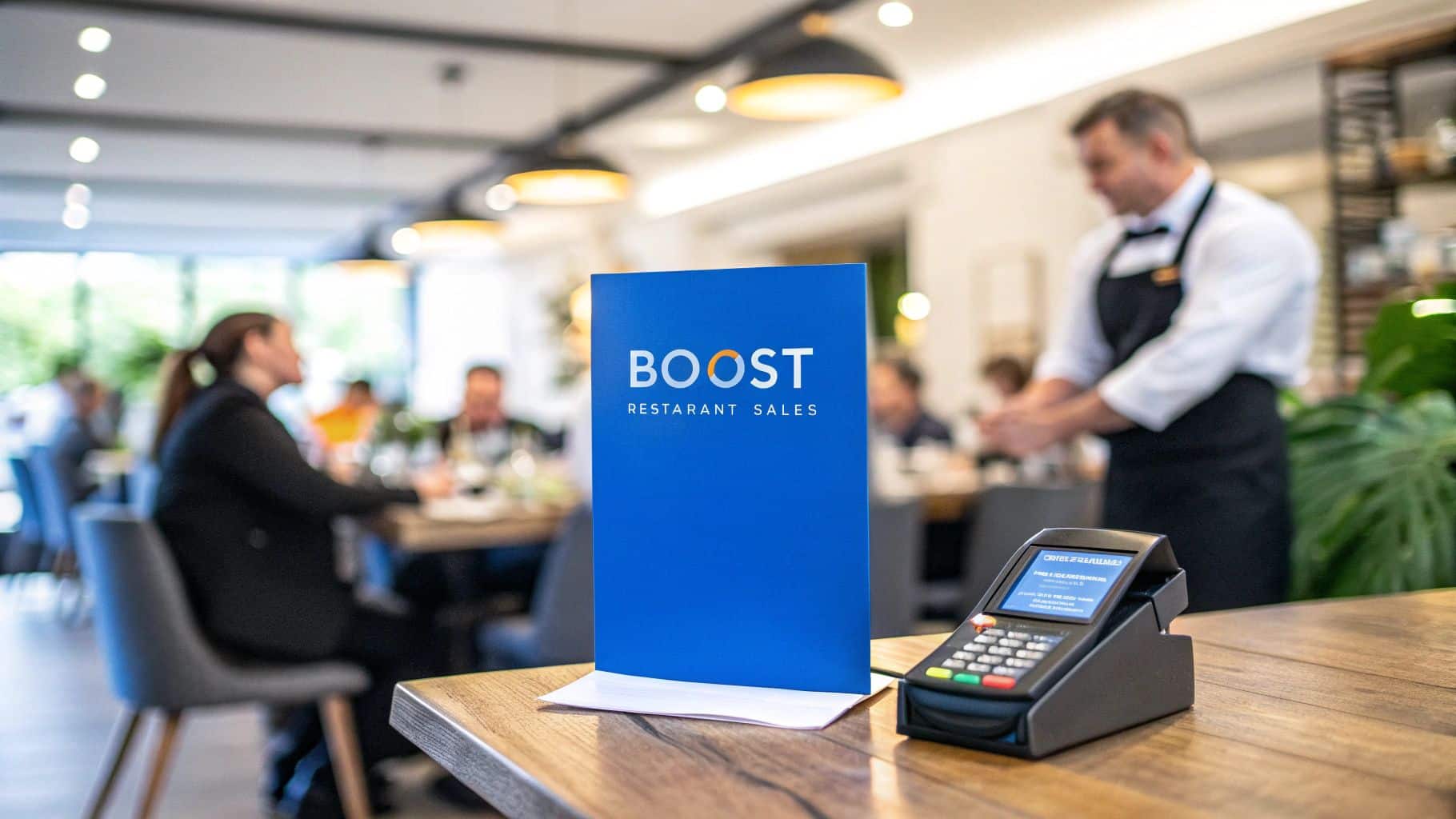The restaurant industry trends are constantly evolving, adapting to consumer preferences, technological advancements, and environmental shifts. As dining habits change, understanding the latest restaurant industry trends is crucial for business owners, managers, and stakeholders. From food delivery innovations to sustainability practices and personalized dining experiences, these trends are shaping the future of dining. In this article, we explore key trends and how businesses can leverage them for growth and success.
Table of Contents
- Food Delivery Innovations
- Digital Ordering Platforms
- Ghost Kitchen Models
- Sustainability Practices
- AI Restaurant Technology
- Personalized Dining Experiences
- Zero-Waste Strategies
- Biyo POS: Driving Efficiency in Modern Restaurants
- FAQ
Food Delivery Innovations
Demand for food delivery services has skyrocketed in recent years, continuing as a dominant trend in the restaurant industry. New technology and delivery platforms help businesses meet customer expectations for speed and convenience. Whether through third-party apps or in-house delivery systems, food delivery innovations are transforming the way restaurants operate and customers experience dining.
Advanced Delivery Technologies
One of the most significant innovations in food delivery is the integration of technologies like drones and autonomous vehicles. Drones, for example, bypass traffic and deliver food directly to customers’ doorsteps. Autonomous vehicles reduce delivery costs by eliminating the need for drivers. As these technologies become more reliable, restaurants can offer faster, cost-effective delivery services, improving customer satisfaction.
Adopting these technologies will allow restaurants to stay ahead of the competition. Customers increasingly expect timely deliveries. Cutting-edge delivery innovations will help businesses meet these demands.
Ghost Kitchens and Dark Kitchens
Dark kitchens and ghost kitchens streamline the delivery process by eliminating dine-in services. Ghost kitchens operate from commercial spaces without storefronts, focusing on delivery and takeout. This reduces overhead costs and allows businesses to set up delivery-only locations in strategic areas.
Dark kitchens operate on a shared model, where multiple brands use the same kitchen space. This enables restaurants to diversify offerings and reach a broader audience without the cost of traditional establishments.
On-Demand Food Delivery Services
On-demand food delivery services have become essential to the restaurant industry. Customers can easily order from their favorite restaurants using platforms like UberEats, DoorDash, and Grubhub. These services allow customers to enjoy restaurant-quality food at home.
For restaurants, partnering with delivery services increases sales and helps reach new customers. These platforms manage logistics and marketing, letting restaurants focus on food quality and service. However, a strong presence on these platforms is essential to stand out among many options.

Digital Ordering Platforms
As technology becomes more important in the restaurant industry, digital ordering platforms are essential for improving the customer experience. Mobile apps, online systems, and self-service kiosks are transforming the way customers interact with restaurants.
Online Ordering Systems
Online ordering systems offer a seamless way for customers to browse menus, customize orders, and make payments without face-to-face interaction. This convenience was especially helpful during the pandemic. Restaurants integrating online ordering systems report increased efficiency and sales, as customers appreciate the ease of ordering from phones or computers.
Online systems improve order accuracy and reduce wait times, increasing customer satisfaction. Additionally, they provide valuable data that helps restaurants customize marketing efforts and improve menu offerings.
Mobile Ordering Advancements
Mobile ordering has become a key aspect of digital platforms. Smartphones allow consumers to place orders, customize meals, choose delivery or pickup options, and pay—all in one app. This streamlines the ordering process and reduces wait times, which appeals to busy customers.
Restaurants benefit from streamlined operations, with mobile orders reducing labor costs by eliminating the need for staff to take orders. Mobile ordering also enables restaurants to serve more customers efficiently.
Self-Service Kiosks
Self-service kiosks are becoming more popular in quick-service restaurants. These kiosks allow customers to browse menus, customize orders, and make payments, reducing wait times and human error. For restaurants, kiosks help increase order volume by enabling multiple customers to order at once.
Kiosks can also suggest popular items and collect customer data for improved menu offerings. The use of self-service kiosks provides a more personalized and efficient ordering process, enhancing the overall dining experience.
Ghost Kitchen Models
Ghost kitchens are changing how restaurants operate. These delivery-only kitchens operate without a physical storefront, enabling businesses to reach new customers and increase delivery capabilities.
Cost Savings of Ghost Kitchens
Operating a traditional restaurant involves high overhead costs, including rent, utilities, and staffing. Ghost kitchens reduce these expenses by using shared commercial kitchen spaces. Restaurants can focus on food preparation and delivery without worrying about storefront costs.
Ghost kitchens also offer flexibility. Restaurants can operate multiple delivery-only locations without the high cost of real estate. This allows businesses to serve more customers while keeping costs low.
Expansion Possibilities with Ghost Kitchens
Ghost kitchens offer restaurants the ability to expand operations without opening physical locations. By setting up delivery-only kitchens in key areas, businesses can tap into new markets without the cost of traditional establishments. This model also lets restaurants experiment with new menu concepts based on local preferences.
As demand for delivery continues to grow, ghost kitchens provide an efficient way for restaurants to scale operations and increase revenue without high infrastructure investments.
Sustainability Practices
Sustainability is increasingly important in the restaurant industry. Consumers are more conscious of the environmental impact of their choices, and many restaurants are adopting practices to meet this demand. Sustainable practices, reducing food waste, and eco-friendly packaging are all crucial elements of a sustainable restaurant operation.
How Restaurants Can Prioritize Ethical and Environmentally Friendly Ingredients
Sustainable sourcing focuses on obtaining ingredients that are ethically and environmentally responsible. This includes organic, locally grown foods and those produced using sustainable farming practices. Many restaurants are partnering with local farms to reduce their carbon footprint and offer customers higher-quality ingredients.
Sustainable sourcing helps restaurants appeal to eco-conscious customers. It also gives businesses an opportunity to differentiate themselves in a competitive market by aligning with values important to modern diners.
Zero-Waste Practices
Zero-waste strategies are becoming more popular in the restaurant industry. By using every part of an ingredient, reducing packaging waste, and composting food scraps, restaurants can significantly reduce their environmental footprint. For example, vegetable scraps can be used for broths, and stale bread can be repurposed into croutons or bread pudding.
Zero-waste practices reduce operating costs while supporting sustainability efforts. This approach also resonates with customers who want to support businesses that prioritize environmental responsibility.
Eco-Friendly Packaging
As takeout and delivery services increase, many restaurants are switching to eco-friendly packaging. Compostable containers, biodegradable straws, and reusable bags are just some alternatives to reduce environmental impact. These choices help restaurants comply with regulations and appeal to customers who care about sustainability.
Using eco-friendly packaging helps restaurants stay ahead of regulations while building customer trust. It is a visible commitment to sustainability that can attract loyal, environmentally-conscious customers.
AI Restaurant Technology
Artificial intelligence (AI) is revolutionizing the restaurant industry. AI is improving efficiency in order management, customer service, and marketing efforts. By automating processes and analyzing data, AI helps businesses deliver better service and optimize operations.
AI in Order Management
AI-powered systems streamline order management by processing orders in real time and predicting demand. These systems can assign tasks to kitchen staff, update inventory, and reduce errors. This leads to faster service, fewer mistakes, and improved customer satisfaction.
AI also helps restaurants analyze customer data, which can improve menu offerings and marketing strategies. Personalized recommendations can be made based on customer preferences, leading to greater loyalty and repeat business.
Chatbots for Customer Service
AI-powered chatbots are increasingly used for customer service in the restaurant industry. These chatbots can answer questions, take reservations, and suggest menu items based on customer preferences. Chatbots provide 24/7 service, allowing businesses to assist customers at any time without relying on human staff.
Chatbots collect valuable data about customers, which helps restaurants refine their offerings and improve the overall customer experience. With AI chatbots, restaurants can deliver personalized, efficient service that boosts customer satisfaction.
AI in Marketing
AI is transforming restaurant marketing by analyzing customer data to create targeted campaigns. By understanding customer preferences, restaurants can tailor promotions and messages to specific segments. This leads to more effective marketing efforts that engage customers and drive sales.
AI also automates tasks like email campaigns and social media posts, saving time and resources. Restaurants can increase engagement, build customer loyalty, and improve their return on investment (ROI) through AI-driven marketing.
Personalized Dining Experiences
Personalized dining is an emerging trend that caters to each customer’s unique tastes and preferences. Consumers want dining experiences that reflect their individual choices, from customized meals to tailored ambiance. Restaurants are adopting this approach to create memorable experiences that keep customers coming back.
Data-Driven Personalization
Restaurants can use data to personalize the dining experience. By analyzing customer data, restaurants can recommend dishes based on past orders or suggest discounts on frequently ordered items. This creates a deeper connection with customers and boosts loyalty.
Personalized dining experiences also allow restaurants to cater to specific dietary preferences, such as vegan, gluten-free, or keto options. This expands the appeal of restaurants to a broader audience.
Customized Dining Settings
Restaurants are offering customers the ability to customize their dining environment. From personalized music playlists to adjustable lighting, these features create a more intimate and memorable experience. Tailoring the ambiance adds an extra layer of personalization that goes beyond the food itself.
Loyalty Programs and Personalization
Loyalty programs are evolving to offer more personalized benefits. Instead of generic rewards, restaurants can offer customers discounts based on their preferences or special access to exclusive events. This creates stronger relationships with customers and makes them feel valued.
Zero-Waste Strategies
Zero-waste strategies focus on minimizing waste and reducing the environmental impact of restaurant operations. By adopting these strategies, restaurants can improve sustainability while also saving money.
Food Waste Reduction
Reducing food waste is one of the most important strategies restaurants can adopt. Using every part of an ingredient, like turning vegetable scraps into broths, can minimize waste. Additionally, restaurants can work with suppliers to order only what they need, reducing excess inventory.
Composting and Recycling
Composting and recycling are crucial for reducing waste. Many restaurants are implementing composting programs to turn food scraps into nutrient-rich soil. Recycling also helps businesses comply with regulations while minimizing their environmental impact.
Staff Training for Zero-Waste
Effective zero-waste strategies require staff education. Employees must learn to handle ingredients properly, reduce waste during food prep, and separate recyclables. Staff training is key to making zero-waste practices a consistent part of restaurant operations.

Biyo POS: Driving Efficiency in Modern Restaurants
Biyo POS offers cutting-edge technology to help restaurants stay ahead of trends like digital ordering and AI integration. The system streamlines operations, enhances customer experience, and improves business efficiency, all while being easy for staff to use. Biyo POS helps restaurants process orders quickly, track inventory, and analyze data in real time.
FAQ
What are the latest restaurant industry trends?
Restaurant industry trends include food delivery innovations, digital ordering platforms, ghost kitchens, sustainability practices, AI technology, and personalized dining experiences. These trends are reshaping how restaurants operate and interact with customers.
How can restaurants benefit from AI technology?
AI can streamline order management, enhance customer service with chatbots, and create targeted marketing campaigns. It helps businesses improve efficiency, reduce costs, and offer personalized dining experiences.
What is a ghost kitchen model?
A ghost kitchen is a delivery-only restaurant model. These kitchens eliminate the need for a physical storefront and focus on fulfilling online orders, allowing businesses to lower costs while expanding their reach.




